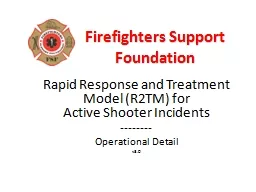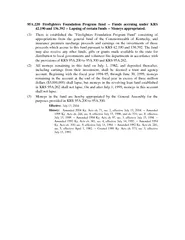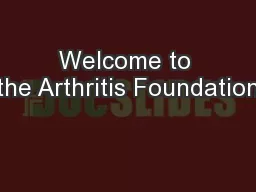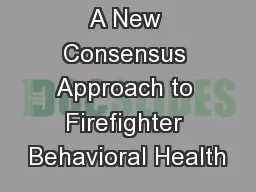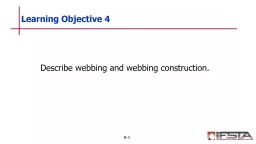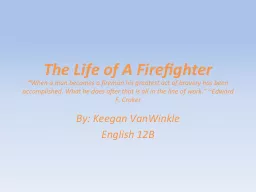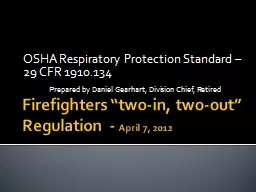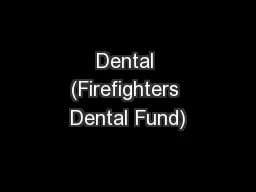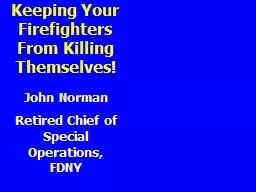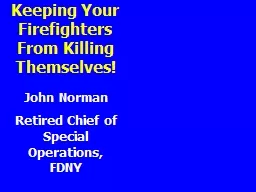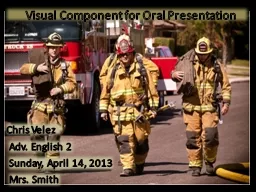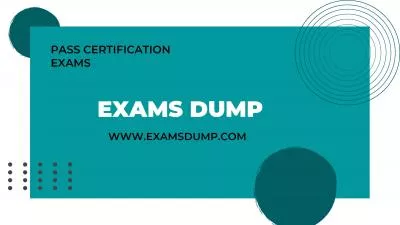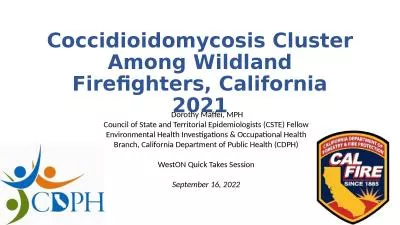PPT-Firefighters Support Foundation
Author : tatiana-dople | Published Date : 2018-09-22
Rapid Response and Treatment Model R2TM for Active Shooter Incidents Operational Detail v30 About FSF The Firefighters Support Foundation is a 501c3 nonprofit
Presentation Embed Code
Download Presentation
Download Presentation The PPT/PDF document "Firefighters Support Foundation" is the property of its rightful owner. Permission is granted to download and print the materials on this website for personal, non-commercial use only, and to display it on your personal computer provided you do not modify the materials and that you retain all copyright notices contained in the materials. By downloading content from our website, you accept the terms of this agreement.
Firefighters Support Foundation: Transcript
Download Rules Of Document
"Firefighters Support Foundation"The content belongs to its owner. You may download and print it for personal use, without modification, and keep all copyright notices. By downloading, you agree to these terms.
Related Documents

